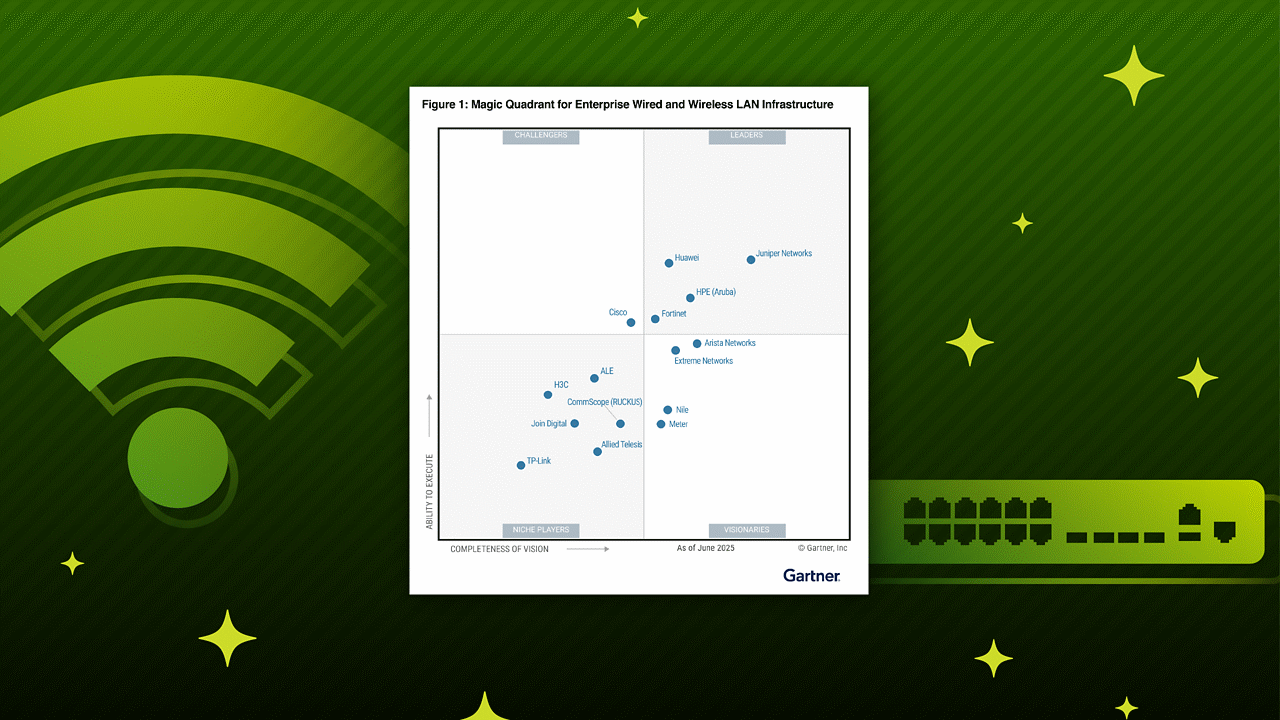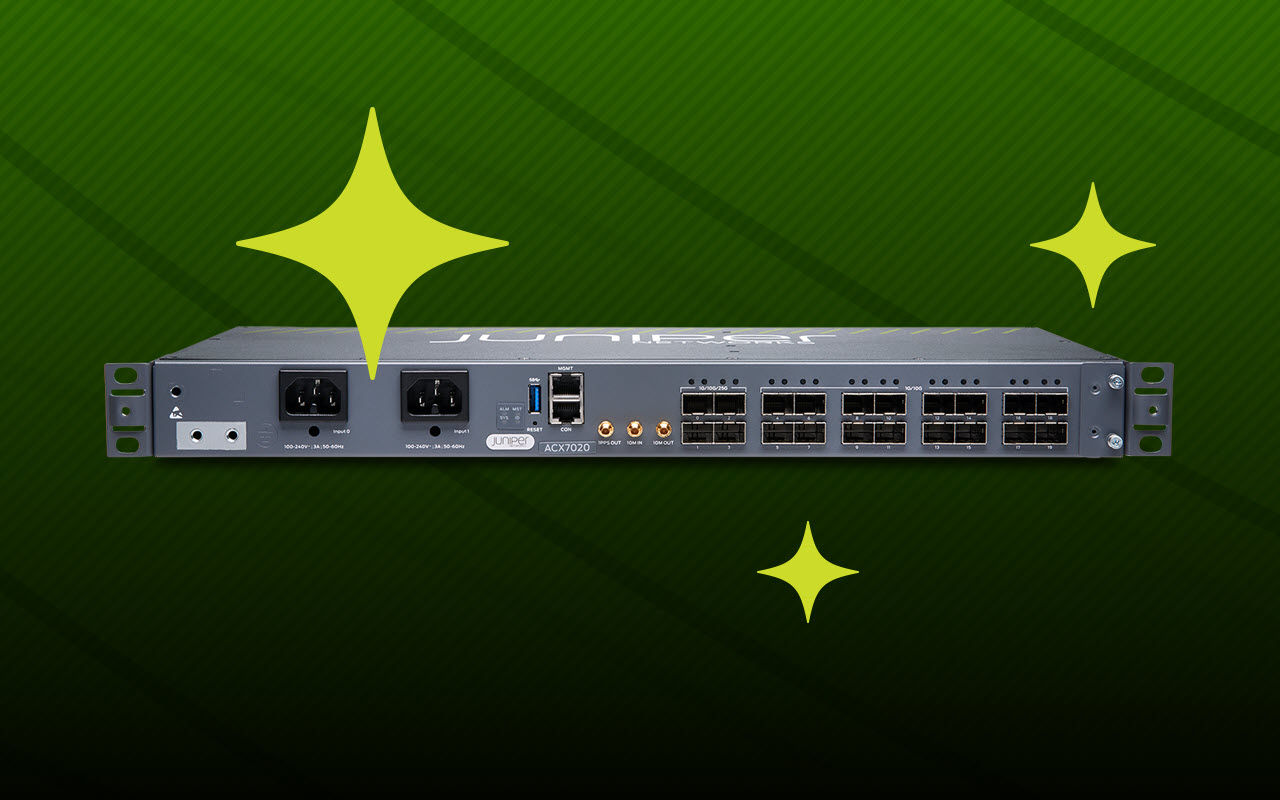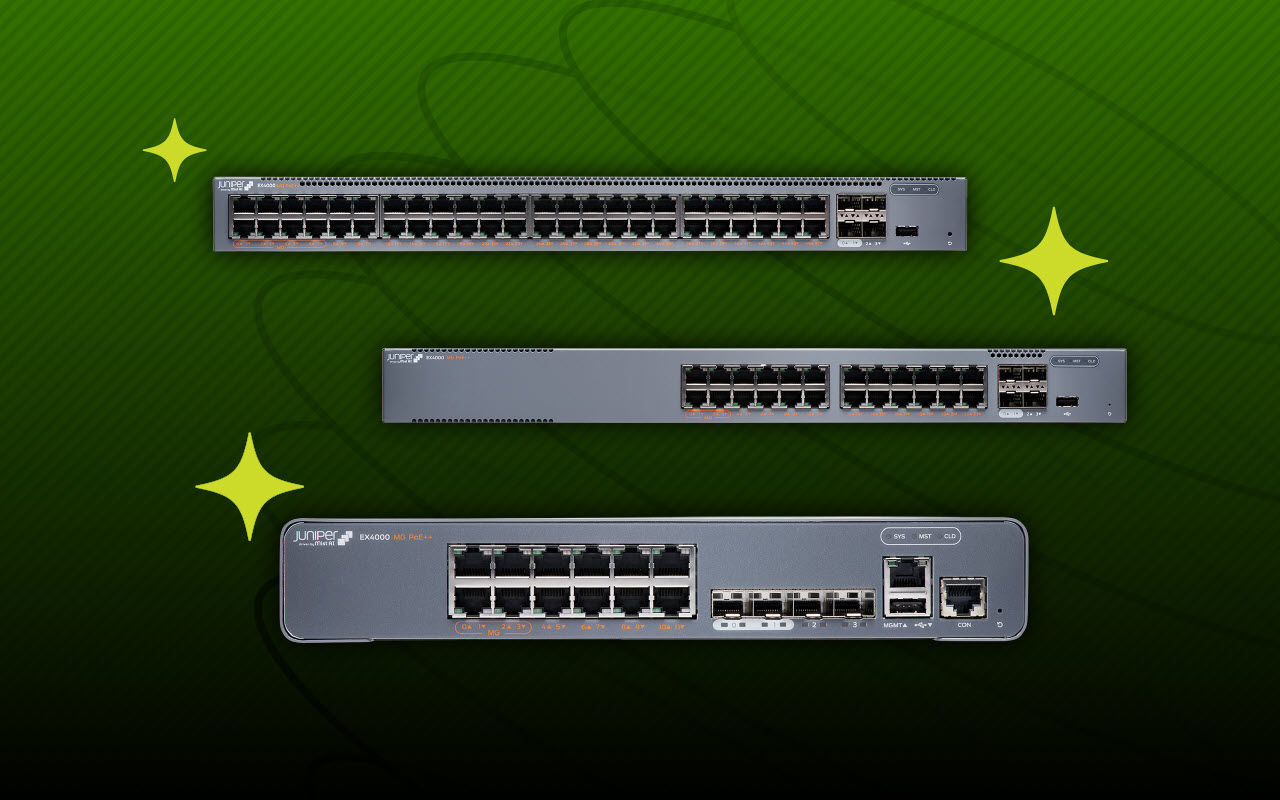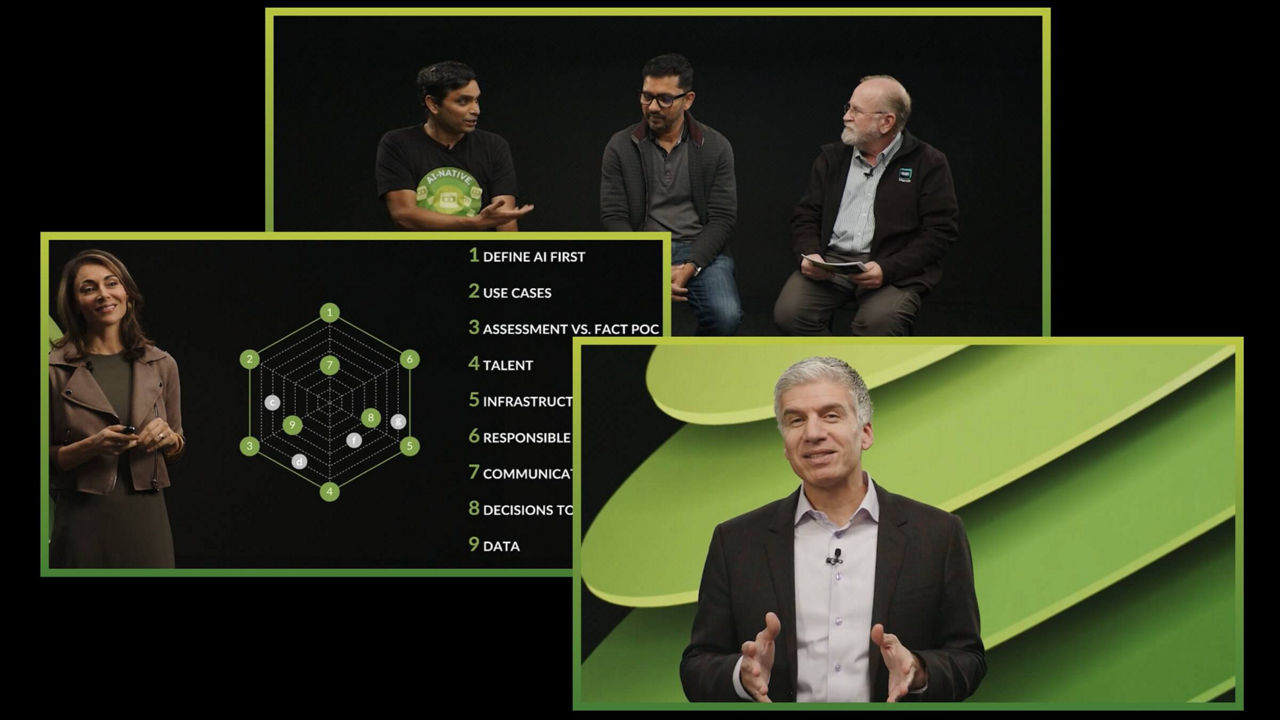Juniper Data Center Deployment Services Datasheet
Download DatasheetService overview
Designing, deploying, operating, and troubleshooting a data center network can be difficult, expensive, and resource intensive. Apstra Data Center Director, a turnkey, intent-based solution, uses automation to dramatically simplify the process in both single and multivendor environments.
Juniper Data Center Deployment Services provide access to data center deployment experts with extensive knowledge of Juniper products and technologies. The services employ proven best-practice implementation methodology with tools that provide a high degree of assurance, faster completion speed, and reduced deployment risks.
Service description
Juniper® Data Center Deployment Services are designed to support enterprises, cloud providers, and service providers. They are available in four options:
- Juniper Data Center Deployment Service for new, greenfield data center deployments
- Juniper Data Center Optimized Deployment Service for new, greenfield data center deployments, includes expert assistance with post-deployment advanced operations
- Juniper Data Center Deployment Service (Migration-Ready) for new, greenfield data center deployments with a legacy brownfield data center that require a side-by-side migration of existing workloads; includes expert assistance with the migration plan and initial migration tasks
- Juniper Data Center Optimized Deployment Service (Migration-Ready) for new, greenfield data center deployments with a legacy brownfield data center that require a side-by-side migration of existing workloads; includes expert assistance with the migration plan, initial migration tasks, and post-deployment advanced operations
All options are delivered remotely, providing assistance with design, deployment, and accelerated rollout activities. Services offer an easy-to-use, fully-automated deployment package that is quick to install using a highly validated data center reference design for a new network architecture. As part of these services, Juniper will advise on optimal phasing and grouping of the activities.
Juniper Data Center Deployment Services activities begin with a review of data collected from the customer via a data intake checklist. The customer information from the intake checklist is used as a single source of truth to perform an automated Apstra Data Center Director installation, deployment, and provisioning of the entire Ethernet VPN fabric. The deployment package then tests connectivity down to IP port level on a few select interfaces, followed by autogenerated documentation that includes test results and key UI screenshots for customer handoff.
The Migration-Ready options provide expert assistance in the creation of a migration plan and provide maintenance window support for performing the initial migration.
The Optimized Deployment Service option provides an intensive month of highly focused post-deployment interactive knowledge transfer sessions tailored to the customer’s environment. Technical areas covered include UI layout, advanced troubleshooting, and Intent-Based Analytics and Time Voyager capabilities applied to the customer’s operating environment.
| Solution workshop |
|
|
| Platform and network deployment |
|
|
| Migration-Ready |
| Production-validated migration and a roadmap for completing other workload migrations
|
| Knowledge transfer workshop | Workshop to review all Juniper hardware and software implemented, including Day 2 basic operations with Data Center Director | Improved operational efficiencies and network reliability from enhanced team readiness
|
| Post-deployment optimization |
| Finely tuned data center network with the adoption of the best practices Juniper has acquired working hundreds of successful enterprise IT deployments
|
Additional Juniper Services
As leaders in data center networking, Juniper Global Services consultants and engineers are uniquely qualified to assist you in designing, implementing, and optimizing network solutions. Please contact your Juniper Account Manager regarding other services for your next generation data centers.
Ordering information
To order Juniper Data Center Deployment Services, or for additional information, contact your Juniper Account Manager. For additional details such as scope, deliverables, eligibility, and exclusions, please refer to corresponding Service Description https://support.juniper.net/support/guidelines/.
Exclusion
The scope of this service is for Juniper Data Center Deployment Services only and does not include separately sold assessment, design, full migration, or deployment services. If you require additional services from your Juniper Professional Services consultant, please contact your Juniper Account Manager.
About Juniper Global Services
Juniper Global Services offers an evolving lifecycle suite of services that aligns AI with people, process, and technology to accelerate time to value and de-risk network investments. Through insights, automation, and a range of services, Juniper provides assured assistance and advantage across the entire services portfolio.
About Juniper Networks
Juniper Networks is leading the convergence of AI and networking. Mist™, Juniper’s AI-native networking platform, is purpose-built to run AI workloads and simplify IT operations, assuring exceptional and secure user and application experiences—from the edge to the data center to the cloud. Additional information can be found at www.juniper.net, X, LinkedIn, and Facebook.
1000787 - 002 - EN AUGUST 2025






















